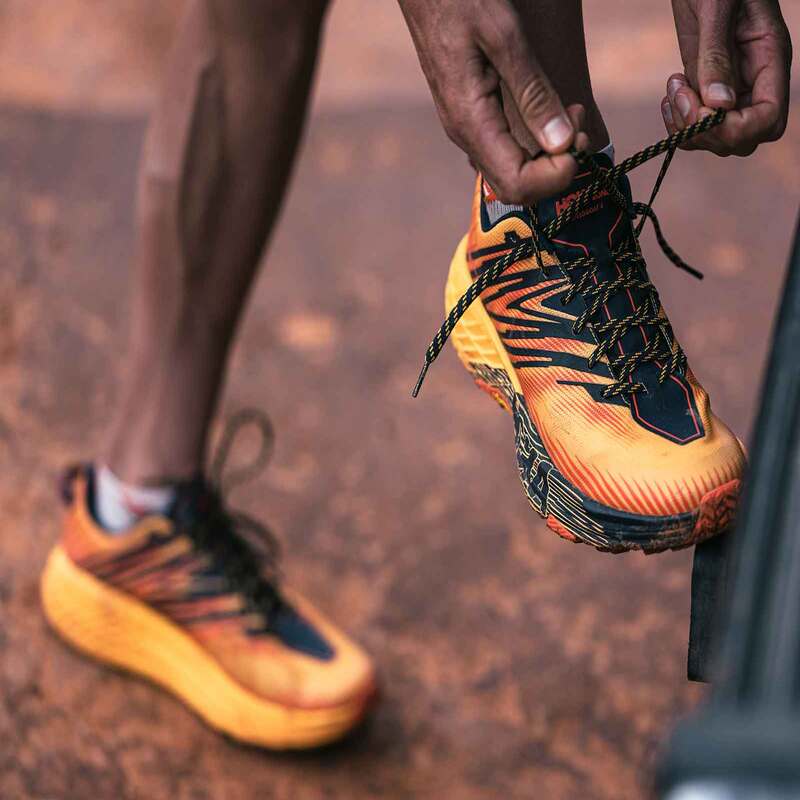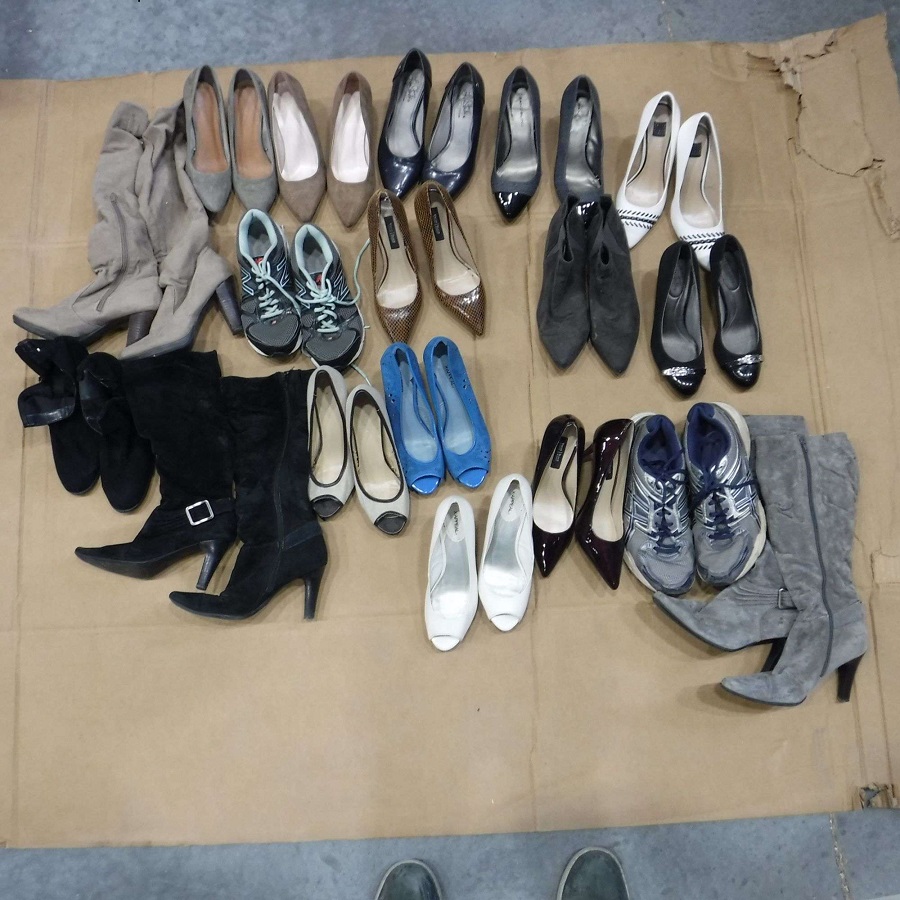Running is a popular and effective exercise that offers numerous physical and mental health benefits. However, having the right pair of running shoes is crucial for comfort, performance, and injury prevention. Therefore, getting properly fitted for running shoes is essential for ensuring a successful and enjoyable running experience. This comprehensive guide covers the entire process, from understanding your foot type to choosing the right store and trying on multiple options. By following these insights, you can find the perfect pair of running shoes tailored to your specific needs and preferences.
Understanding Your Foot Type
Understanding your foot type is the first crucial step in getting fitted for running shoes. Therefore, exploring the different types of feet is essential.
Flat Feet
Flat feet, or low arches, occur when the arch of the foot collapses, causing most of the sole to touch the ground. Runners with flat feet are more prone to overpronation, where the foot rolls inward excessively with each step. This can lead to various injuries, such as shin splints and knee pain. Therefore, recognizing the importance of support and stability, shoes with motion control features are ideal for flat feet. These shoes help guide the foot’s movement and provide the necessary arch support. Therefore, understanding your foot type enhances your ability to select the right running shoes.
High Arches
High arches, also known as cavus feet, occur when the arch of the foot is raised and does not flatten during weight-bearing activities. Runners with high arches tend to underpronate or supinate, meaning their feet roll outward with each step. This can lead to increased pressure on the outer edge of the foot and potential ankle injuries. Cushioned running shoes with extra padding and shock absorption are ideal for high arches, providing comfort and reducing impact stress. Therefore, recognizing the significance of cushioning and shock absorption helps you choose the appropriate running shoes.
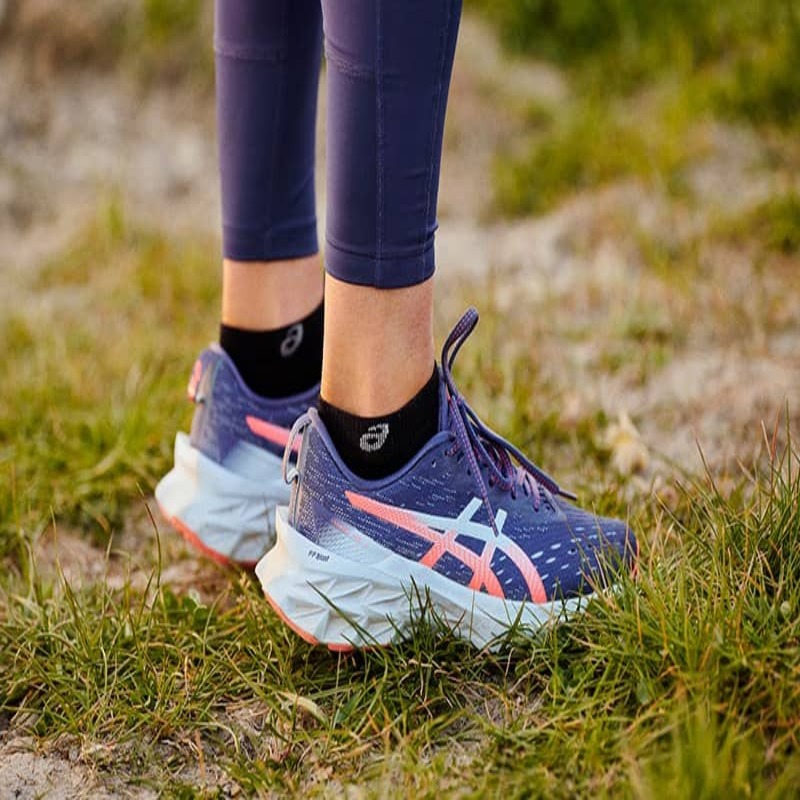
Choosing the Right Store
Selecting the right store for your running shoe fitting is essential for receiving professional advice and a proper fit. Therefore, exploring the criteria for choosing a store is crucial.
Specialty Running Stores
Specialty running stores are the best places to get fitted for running shoes. These stores employ knowledgeable staff trained in gait analysis and foot biomechanics who can offer expert advice. Specialty stores typically offer a wide range of running shoes from reputable brands, ensuring you have plenty of options to try on. Additionally, these stores often provide treadmill assessments to analyze your running form and recommend suitable shoes. Therefore, recognizing the benefits of specialty running stores highlights their importance in the fitting process.
Reviews and Recommendations
Researching store reviews and seeking recommendations from fellow runners can help you find the best place to get fitted for running shoes. Online reviews provide insights into the quality of service, staff expertise, and overall customer satisfaction. Personal recommendations from friends or running groups can also guide you to stores known for their exceptional fitting services. Choosing a store with positive reviews and recommendations ensures you receive professional and reliable assistance during the fitting process. Therefore, understanding the importance of reviews and recommendations enhances your store selection.
The Fitting Process
The fitting process involves several key steps that help determine the perfect running shoes for your needs. Therefore, exploring these steps is essential for a successful fitting.
Gait Analysis
Gait analysis is a critical component of the running shoe fitting process. This analysis involves observing your walking and running patterns to identify any abnormalities or imbalances. Many specialty running stores use treadmills and video recording to perform a detailed gait analysis. The analysis helps determine your pronation type, foot strike pattern, and overall biomechanics. Based on the findings, the staff can recommend running shoes that provide the necessary support, stability, and cushioning. Therefore, recognizing the importance of gait analysis ensures a personalized and accurate fitting.
Measuring Foot Size
Accurately measuring your foot size is essential for a proper fit. Feet can change in size and shape over time due to factors such as aging, weight fluctuation, and pregnancy. Therefore, even if you think you know your shoe size, it’s crucial to get measured each time you buy running shoes. Staff at specialty stores use Brannock devices to measure the length, width, and arch length of your feet. Ensuring both feet are measured, as they may differ slightly in size, provides accurate and comfortable shoe sizing. Therefore, understanding the significance of measuring foot size enhances the fitting process.
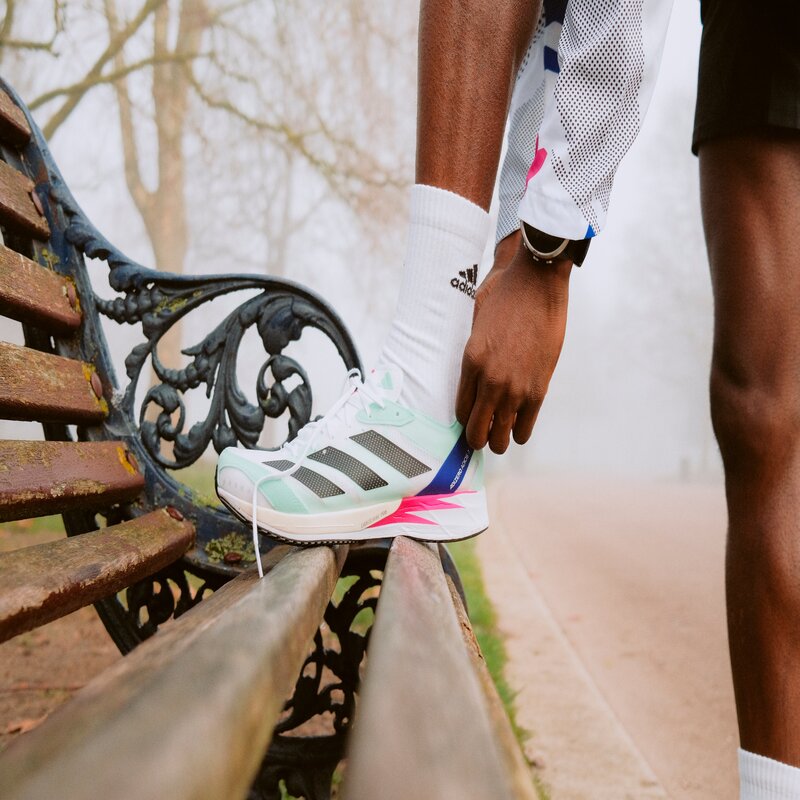
Trying on Multiple Options
Trying on multiple running shoe options allows you to compare and find the best fit for your needs. Therefore, exploring the importance of trying on different shoes is crucial.
Testing Comfort and Fit
When trying on running shoes, testing for comfort and fit is paramount. Start by wearing the same type of socks you use for running. Lace up the shoes properly and walk around the store to assess initial comfort. Ensure there is sufficient space in the toe box, with about a thumb’s width between your toes and the front of the shoe. The shoes should feel snug but not tight, with no areas of discomfort or pressure points. Remember, running shoes often feel different when running compared to walking. Testing the shoes on a treadmill or running area in the store provides a more accurate assessment. Therefore, recognizing the importance of comfort and fit highlights key aspects of the fitting process.
Comparing Features
Different running shoes offer varying features, such as cushioning, stability, and support. Comparing these features helps determine which shoes best meet your needs. For example, if you have flat feet, focus on shoes with strong arch support and motion control. If you have high arches, prioritize shoes with ample cushioning and shock absorption. Evaluating factors such as weight, flexibility, and breathability also contributes to overall comfort and performance. Testing multiple pairs allows you to find the perfect balance of features that enhance your running experience. Therefore, understanding the significance of comparing features ensures a well-informed shoe selection.
Additional Considerations
Several additional considerations can influence the fitting process and overall satisfaction with your running shoes. Therefore, exploring these aspects is essential for a comprehensive fitting experience.
Time of Day
Feet tend to swell throughout the day, and running can further cause slight swelling. Therefore, it’s best to get fitted for running shoes later in the day when your feet are at their largest. This consideration ensures the shoes provide adequate space and comfort during runs. If you can’t schedule a fitting appointment in the evening, consider going after a long walk or run when your feet are slightly swollen. Understanding the importance of the time of day enhances the accuracy of the fitting process. Therefore, recognizing this factor contributes to better-fitting running shoes.
Break-In Period
New running shoes may require a break-in period to adjust to your feet and running style. Gradually increase the duration and intensity of your runs with the new shoes to prevent discomfort and blisters. Listen to your body and make adjustments as needed, such as changing lacing techniques or using different insoles. Properly breaking in your running shoes ensures they provide optimal comfort and performance during your runs. Therefore, understanding the significance of the break-in period enhances long-term satisfaction with your running shoes.
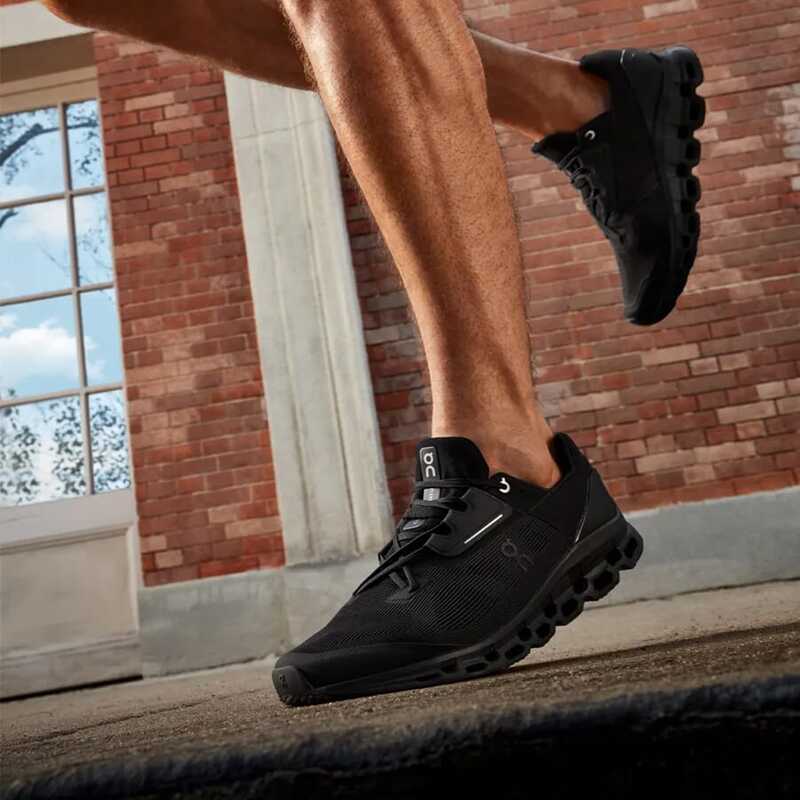
Maintaining Your Running Shoes
Proper maintenance of your running shoes ensures they remain effective and comfortable for as long as possible. Therefore, exploring maintenance tips is crucial.
Cleaning and Storage
Regular cleaning and proper storage can extend the lifespan of your running shoes. After each run, remove any dirt or debris from the shoes using a soft brush or damp cloth. Allow the shoes to air dry naturally, avoiding direct sunlight and heat sources. Store the shoes in a cool, dry place, away from extreme temperatures and moisture. Using a shoe rack or designated space helps maintain their shape and prevents damage. Proper cleaning and storage practices preserve the shoes’ materials and performance. Therefore, recognizing the importance of maintenance contributes to the longevity of your running shoes.
Monitoring Wear and Tear
Monitoring the wear and tear of your running shoes helps determine when it’s time for a replacement. Look for signs of excessive wear on the outsole, such as flattened tread patterns or exposed midsole. Check for any damage to the upper, such as holes, tears, or stretched materials. Pay attention to changes in cushioning and support, as these indicate the shoes are no longer providing adequate protection. On average, running shoes should be replaced every 300-500 miles, depending on factors such as running surface and intensity. Therefore, understanding the significance of monitoring wear and tear ensures continued running comfort and safety.
Conclusion
Understanding how to get fitted for running shoes involves exploring your foot type, choosing the right store, and following a comprehensive fitting process. Proper knowledge ensures optimal comfort and performance.
Exploring elements like flat feet, high arches, and recognizing the importance of gait analysis and measuring foot size provides valuable insights. Recognizing the significance of testing multiple options, additional considerations, and proper maintenance further enhances your understanding.
By engaging with factors that influence a successful fitting, such as time of day, break-in periods, and monitoring wear and tear, you can ensure your running shoes meet your specific needs. Therefore, whether you are a novice or experienced runner, understanding these techniques offers practical and valuable insights. Embrace the opportunity to get properly fitted for running shoes, knowing you have the knowledge and resources to enhance your running experience!
